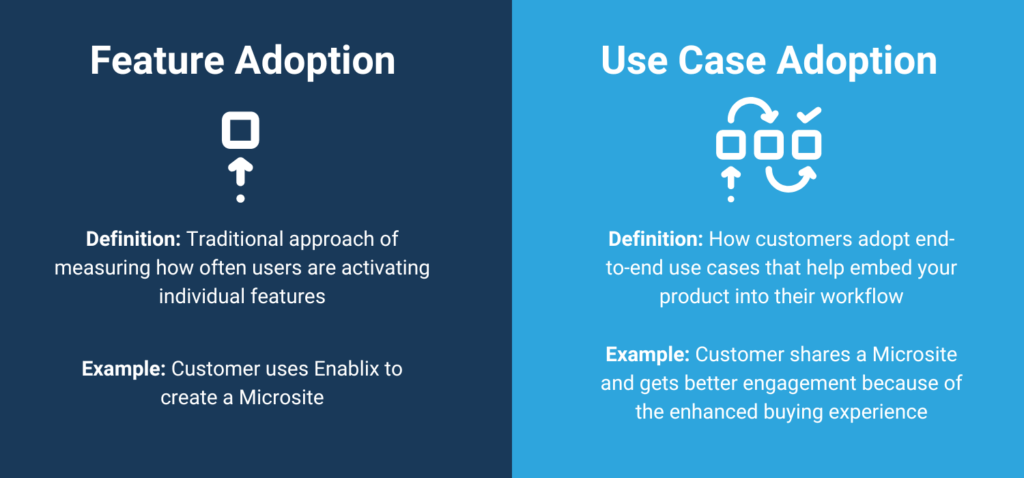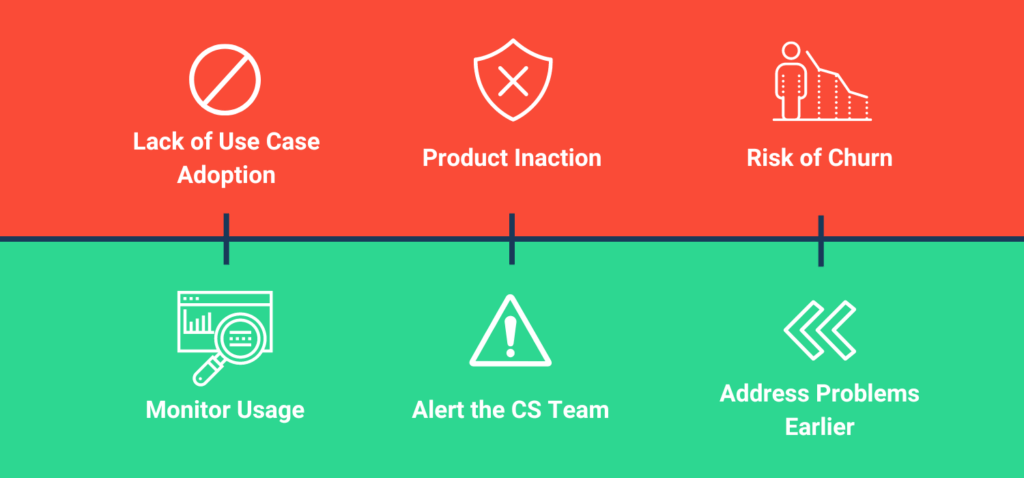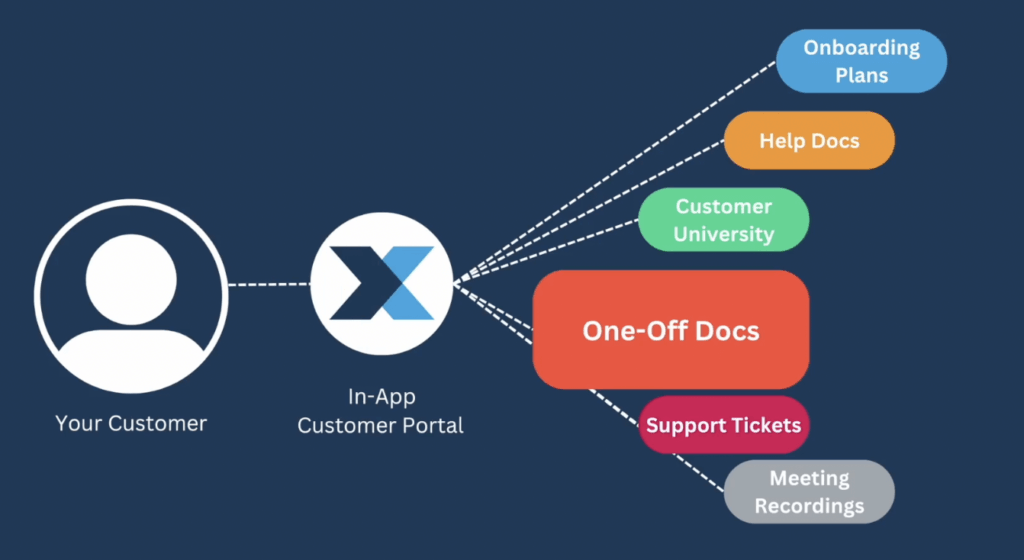A question we’ve been seeing lately: How can you get low-touch CS teams to be more consultative without scaling team members?
A consultative CS motion works for high-touch teams because they are constantly meeting with clients, which means they can quickly identify any issues and get a constant pulse check for what is and isn’t working. Unfortunately, this only works in enterprise or high-contract deals because CSMs are a high-budget expense, and without more CSMs, giving high-touch support to everyone is just not practical.
With a low-touch customer service model, you’re not communicating as frequently, but it is possible to identify early churn risks and get the CS team to take action faster. In this blog, we’re sharing how low-touch customer success teams can take a consultative approach and avoid churn by making sure that customers are actively using the product.

Identify Product Inaction
They key for low touch CS teams to be more consultative is to start by identify high leverage or “sticky” situations within your product that can potentially make a large impact to your users’ workflow. These high leverage situations are where your product shines and makes the biggest impact on customers, so by optimizing these specific use cases, product inaction can be addressed quickly.
Let’s take Hubspot for example: Workflow automations are a high leverage, sticky tool that most Hubspot users get a ton of value from, and once workflows are set up, they are generally used for a long time.
The issue occurs when users get partially through a key use case… and then stop. This could be because they don’t know how to use the product, they haven’t seen the full use case end-to-end, or perhaps they just don’t realize the value these features can have. For instance, consider a user that visits the Workflow Automation page in Hubspot, begins to edit a Workflow, and then exits the screen – they were almost to the point of realizing value from the use case, but will now get almost no benefit due to inaction.
Sometimes the CS team alone can identify and categorize the most important use cases within your product, but it’s not uncommon to pull in product management or product marketing resources to come up with a “short list” of key use cases.

Know When to Take Action
Once your team has identified what those sticky use cases are, it’s important that you track use case activity and completion rates. Tracking usage here will likely give you earlier indications of when a customer isn’t fully using your product, before the discussion of churn even comes up, giving you more time to offer support and resources. Companies like Pendo.io and Gainsight are great tools for monitoring product usage and helping your CS team identify problems faster.
Continuing with our Hubspot Workflows example, start asking where action is breaking down. If customers start creating workflows and then exit, start asking why didn’t they finish. Or if workflows are created, are they being triggered? And if they’re being triggered, is that information being used for anything?
Here we can begin to understand what the issues are and create triggers for the CS team to take action. As a low-touch company, understanding these issues quickly means there is no need to scale the team or turn to a high-touch model.
To recap:
- Measure product usage, and specifically the high-leverage use cases
- Create product usage triggers that alert the CS team to take action
- Reach out and address product inaction earlier, to avoid churn

Self-Serve Customer Support
The last step of this process is to look at where customer support material could play a role in avoiding these problems altogether. Investing time into self-serve customer support or product education can:
- Contextualize learning about the product with their specific experience– avoiding product inaction in the first place
- Help reduce the amount of support tickets– if users know where to look for resources, the amount of support needed from your CS team will decrease
- Free up the CS team to create stronger, more personalized connections with customers





